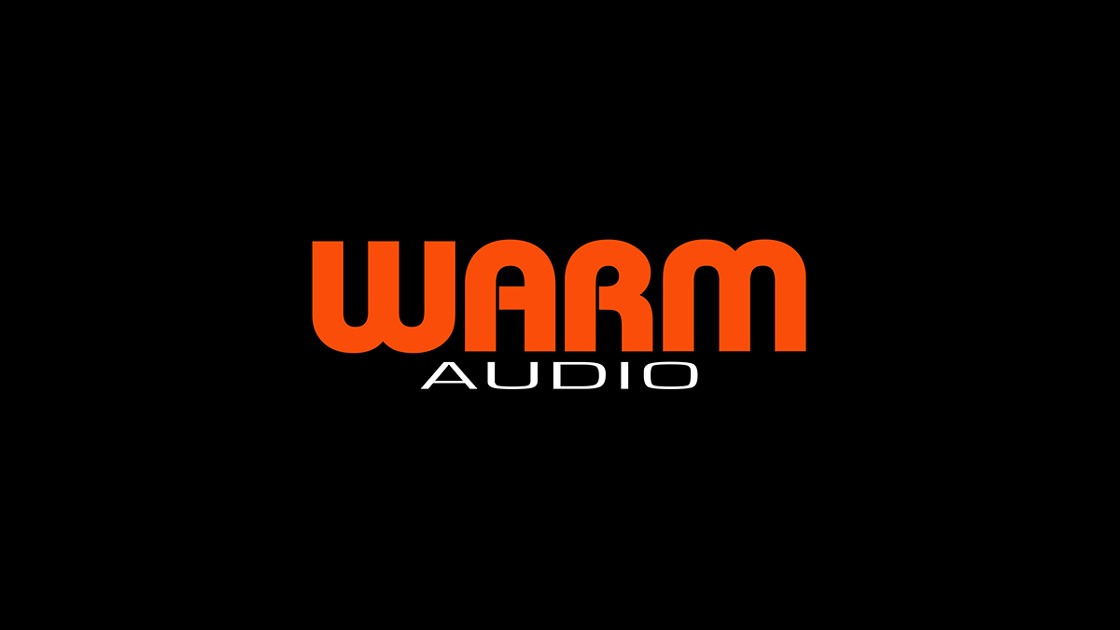- Joined
- May 4, 2022
- Messages
- 557
- Likes
- 606
I have played with a number of target curves in Dirac Live. In many recordings I prefer the Harmon curve. In some I like the Harmon curve with 3 or 4 dB of extra bass. For a few recordings I like a flat response at the listening position. My DSP stores 4 target curves I can select, which is convenient.
For me, it comes down to the music and how it was recorded. It would be nice if all recording engineers used the same amplifier and speakers (preferably flat response) while mixing, but that is not realistic. Moreover, recording engineers vary among their tastes. So, there is not one target curve that is always going to be the best solution.
As far as equipment, I have compared expensive speaker wire to inexpensive wire and heard no difference. Expensive power cables seem strange to me - your electricity is flowing through Romex from the breaker panel all of the way to the outlet, sometimes pushing 100 ft., and changing the last 6 ft. is going to make a difference? Etc., etc.
On the other hand, decades ago I did research and ran power loss experiments on laminated steel inductor cores. Long story short, steel core power losses increase exponentially with frequency and magnetizing force, and thus they are not optimal for use at frequencies above the bass region. Improvements over steel core inductors provided by air core inductors (heavy gauge wire) were clearly audible, though to different degrees depending on the steel core designs and sizes.
For me, it comes down to the music and how it was recorded. It would be nice if all recording engineers used the same amplifier and speakers (preferably flat response) while mixing, but that is not realistic. Moreover, recording engineers vary among their tastes. So, there is not one target curve that is always going to be the best solution.
As far as equipment, I have compared expensive speaker wire to inexpensive wire and heard no difference. Expensive power cables seem strange to me - your electricity is flowing through Romex from the breaker panel all of the way to the outlet, sometimes pushing 100 ft., and changing the last 6 ft. is going to make a difference? Etc., etc.
On the other hand, decades ago I did research and ran power loss experiments on laminated steel inductor cores. Long story short, steel core power losses increase exponentially with frequency and magnetizing force, and thus they are not optimal for use at frequencies above the bass region. Improvements over steel core inductors provided by air core inductors (heavy gauge wire) were clearly audible, though to different degrees depending on the steel core designs and sizes.

